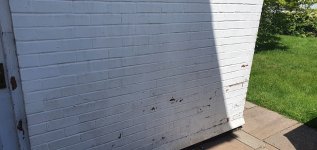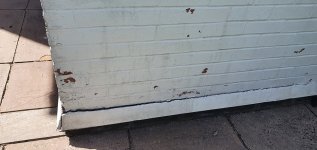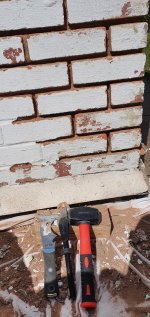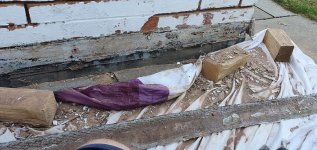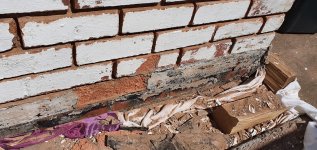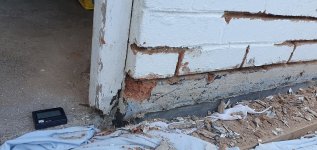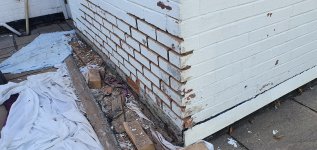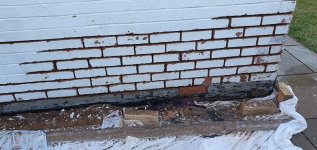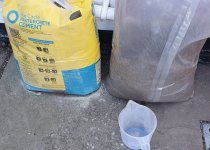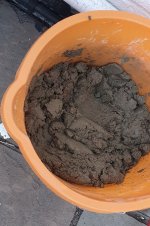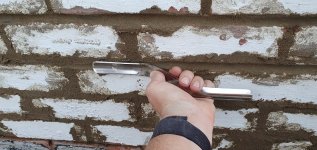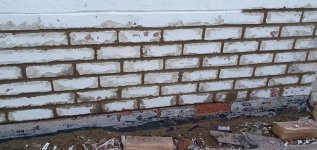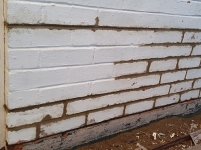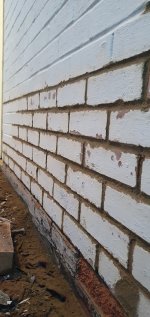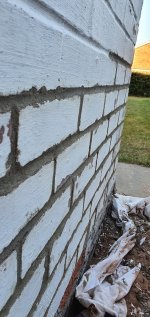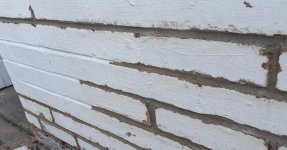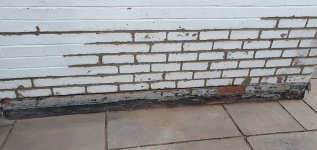I started here in getting some advice and opinions: https://forums.overclockers.co.uk/threads/exterior-wall-maintenance-advice.18954815/
Which has lead to me teaching myself how to re-point brickwork. I've read a bunch online and looked at so many YouTube videos, it felt good this weekend to actually make a start. So thought it could be cool to document what I've done, maybe a little of the why, but also the costs involved.
Stage 1 - stripping back/repairing water damage
Tools (so far) - I took advantage of local Toolstation for the first stuff as couldn't find a Plugging chisel elsewhere. Then got more supplies from B&Q as they have/had vouchers £10 off a £50 spend and ease of getting stuff on a sunday/click & collect etc:
Plugging Chisel - £8 Toolstation
1kg club hammer - £9 Toolstation
Trowel set - £15 B&Q
Wire brush set for drill - £2.66 & £2 Toolstation
Safety goggles - £6 Toolstation
Hand wire brushes - £4 Toolstation
Mortar gun - £13.26 B&Q
Blue circle mastercrete cement 25kg - £5.54 B&Q
4x Tarmac builders sand Large bag (approx 23kg) - £8.12
Various other things like measuring jugs, buckets and scrubbing brushes (actually got from B&Q for ease).
Method / reasoning / what I'm doing
The wall I've started with is the rear wall (with a door) of the garage which faces south. The paint peeling in places was the worst of the property, it's exposed to more wind and rain so the water damage/ingress is the worst point. Also huge benefit for me is it's hidden from view so I can practice and figure out what I'm doing, while getting the skills required to do a tidier job of the rest of the house. The property built in the 70's during a brick shortage, so half of it is 'builders bricks' and painted white. This is the area I'm working on. The upper brickwork is in a better condition and will not need any attention - so I have no danger of working at height while doing this.
Resources:
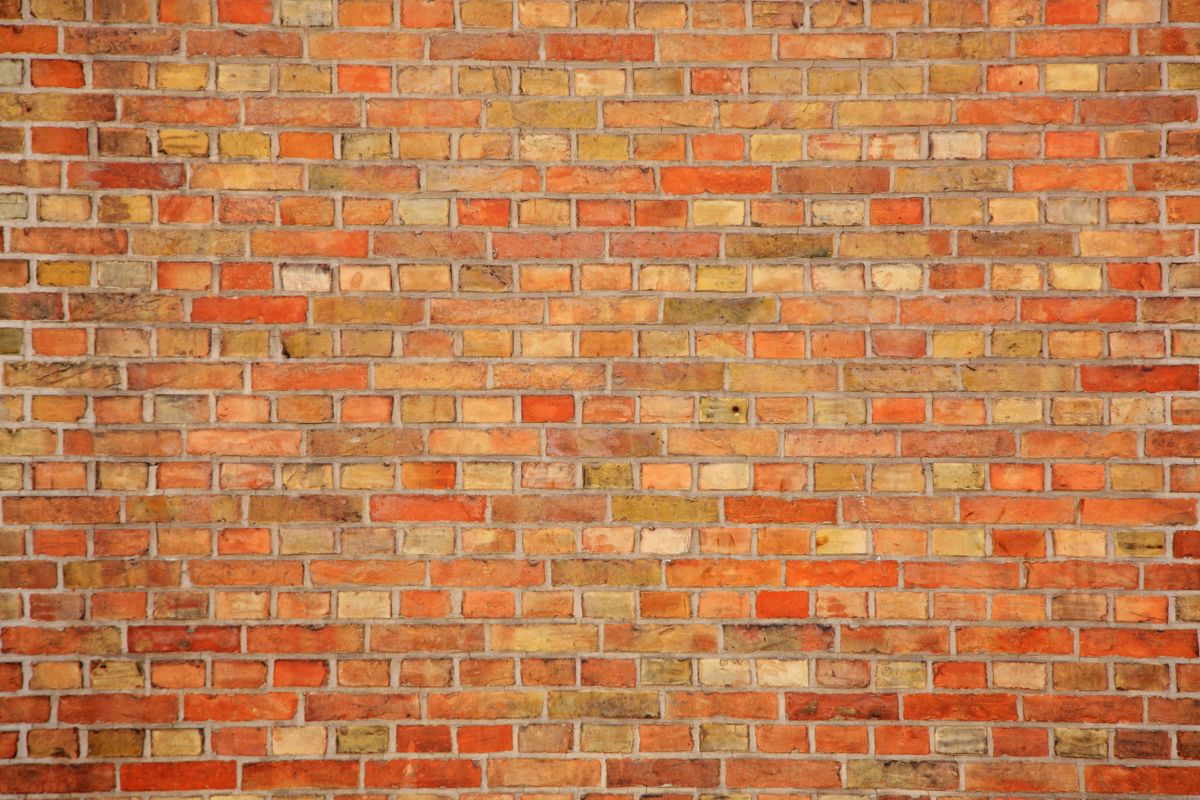
 www.homebuilding.co.uk
www.homebuilding.co.uk

 www.youtube.com
www.youtube.com
 marshalltown.com
marshalltown.com
 www.sunrisetools.co.uk
www.sunrisetools.co.uk
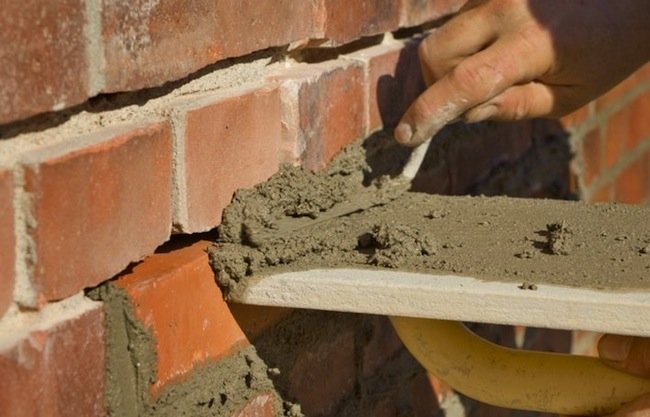
 www.bobvila.com
www.bobvila.com
Pics to come shortly along with weekend #1 of plugging work
Which has lead to me teaching myself how to re-point brickwork. I've read a bunch online and looked at so many YouTube videos, it felt good this weekend to actually make a start. So thought it could be cool to document what I've done, maybe a little of the why, but also the costs involved.
Stage 1 - stripping back/repairing water damage
Tools (so far) - I took advantage of local Toolstation for the first stuff as couldn't find a Plugging chisel elsewhere. Then got more supplies from B&Q as they have/had vouchers £10 off a £50 spend and ease of getting stuff on a sunday/click & collect etc:
Plugging Chisel - £8 Toolstation
1kg club hammer - £9 Toolstation
Trowel set - £15 B&Q
Wire brush set for drill - £2.66 & £2 Toolstation
Safety goggles - £6 Toolstation
Hand wire brushes - £4 Toolstation
Mortar gun - £13.26 B&Q
Blue circle mastercrete cement 25kg - £5.54 B&Q
4x Tarmac builders sand Large bag (approx 23kg) - £8.12
Various other things like measuring jugs, buckets and scrubbing brushes (actually got from B&Q for ease).
Method / reasoning / what I'm doing
The wall I've started with is the rear wall (with a door) of the garage which faces south. The paint peeling in places was the worst of the property, it's exposed to more wind and rain so the water damage/ingress is the worst point. Also huge benefit for me is it's hidden from view so I can practice and figure out what I'm doing, while getting the skills required to do a tidier job of the rest of the house. The property built in the 70's during a brick shortage, so half of it is 'builders bricks' and painted white. This is the area I'm working on. The upper brickwork is in a better condition and will not need any attention - so I have no danger of working at height while doing this.
Resources:

Repointing Brickwork: Your Step-by-Step Guide
Repointing brickwork is an essential job if you want your home to weather the elements and still look good. Here’s how to do it properly
 www.homebuilding.co.uk
www.homebuilding.co.uk

How to Re-Point a Wall made easy including Tips and Tricks with Tibby Singh!
Tibby Singh shows everything you need to know about Re-Pointing a wall.He demonstrates 4 main methods of pointing which includes, pointing with:- Trowel and ...
Making Old Brickwork New Again - MARSHALLTOWN®
Marshalltown offers a full lineup of masonry, brick, drywall, plastering, concrete, mixers, asphalt, paint, tile, flooring, equipment, and other quality tools.
How to: Pointing & Repointing Brickwork - Sunrise Tools
General guidance on how to rake out tired mortar joints and the process for replacing with fresh mortar

How To: Repoint Brick Walls
Repointing brick walls and chimneys with new mortar will not only enhance their beauty, but ensure that they remain secure, stable, and sound for years to come.
Pics to come shortly along with weekend #1 of plugging work



